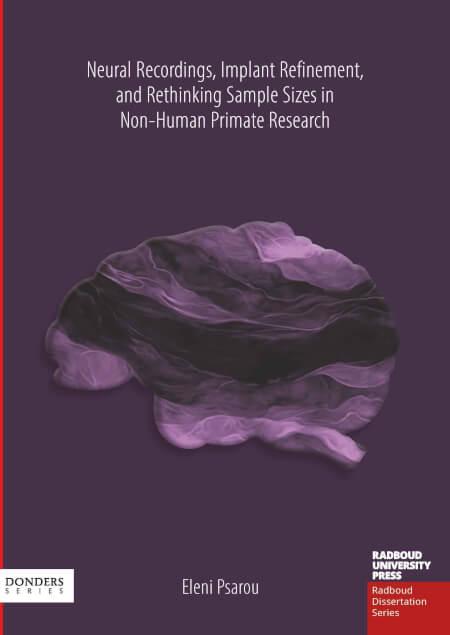Neural Recordings, Implant Refinement, and Rethinking Sample Sizes in Non-Human Primate Research
Keywords:
Neurophysiology, Non-human primates, Cranial implants, Repetition-related plasticity, Gamma-band oscillationsSynopsis
Neurophysiological studies with awake macaques typically require chronic cranial implants. Headpost and connector-chamber implants are used to allow head stabilization and to house connectors of chronically implanted electrodes, respectively. We present long-lasting, modular, cement-free headpost implants made of titanium that consist of two pieces: a baseplate and a top part. The baseplate is implanted first, covered by muscle and skin and allowed to heal and osseointegrate for several weeks to months. The percutaneous part is added in a second, brief surgery. Using a punch tool, a perfectly round skin cut is achieved providing a tight fit around the implant without any sutures. We describe the design, planning and production of manually bent and CNC-milled baseplates. We also developed a remote headposting technique that increases handling safety. Finally, we present a modular, footless connector chamber that is implanted in a similar two-step approach and achieves a minimized footprint on the skull. Twelve adult male macaques were successfully implanted with a headpost and one with the connector chamber. To date, we report no implant failure, great headpost stability and implant condition, in four cases even more than 9 years post-implantation. The methods presented here build on several related previous methods and provide additional refinements to further increase implant longevity and handling safety. Optimized implants can remain stable and healthy for at least 9 years and thereby exceed the typical experiment durations. This minimizes implant-related complications and corrective surgeries and thereby significantly improves animal welfare.

Published
Series
Categories
License

This work is licensed under a Creative Commons Attribution-NonCommercial-NoDerivatives 4.0 International License.

